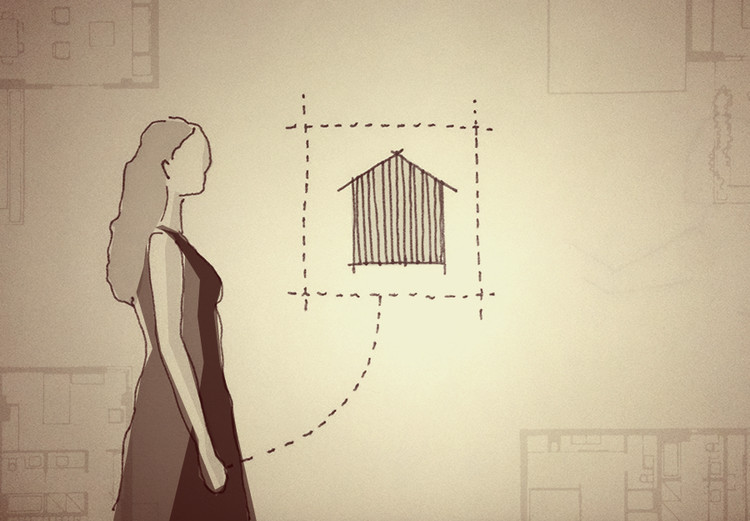
In 1978, Australian ecologists David Holmgren and Bill Mollison coined the concept of permaculture as a systematic method for the first time. For Mollison, "permaculture is the philosophy of working with, rather than against, nature, after long and thoughtful observation." [1] Meanwhile, Holmgren defines the term as "consciously designed landscapes that simulate or mimic the patterns and relationships observed in natural ecosystems." [2]
In 2002, Holmgren published the book "Permaculture: Principles and Pathways Beyond Sustainability," in which he defines 12 design principles that serve as a guide for creating sustainable systems. These principles can be applied to everyday processes to humanize them, enhance efficiency, and ensure mankind's long-term survival."
What if we apply them to the design process of an architectural project?


